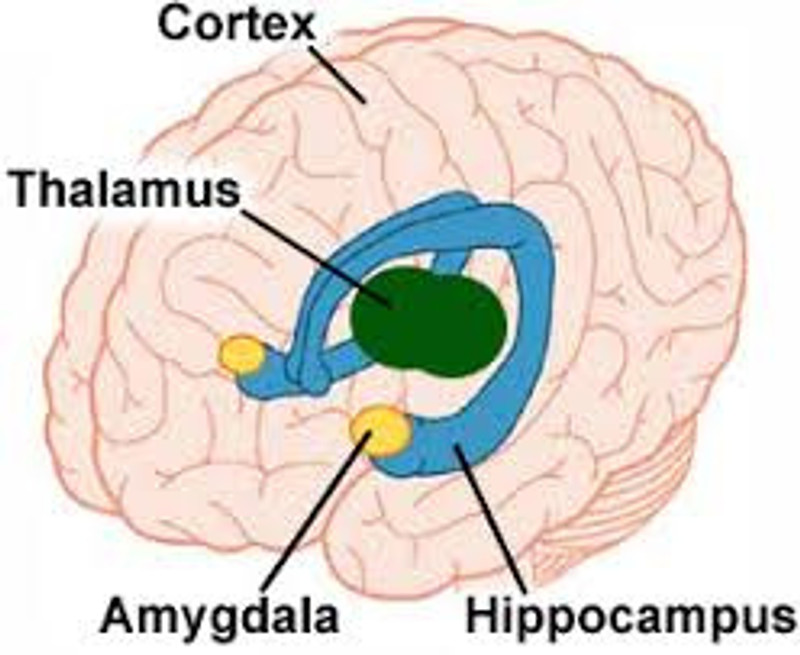The home base of big emotional reactions
Understanding a bit about the brain can be helpful when difficult emotions such as anxiety, panic and rage appear. It can also be helpful to be reminded that what lies between your ears today is a result of 600 million years of evolution to meet our 3 core survival needs of safety, satisfaction and connection.
And the need to survive trumped everything. Back in the day, there was no time to sit in the lotus position and contemplate cloud shapes in the sky. If you did, you’d be an easy lunch. Our brain developed an instant readiness to go to the negative because it’s much safer to think there is a tiger around the corner when there isn’t, than to think there isn’t and there was.
Your brain has developed over millions of years. Back in the day, there was no time to sit in the lotus position and contemplate cloud shapes in the sky. If you did, you’d be an easy lunch. To survive our brain developed an instant readiness to go to the negative. From a survival point of view, it’s much safer to think there is a tiger around the corner when there isn’t, even if this hypervigilance is now surplus to requirements.
Much of the survival at all cost activity goes on in a small yet very powerful part of the brain called the amygdala. Your perfect employee. Willing to work 24/7 with no meal breaks, no days off, and when an emergency occurs triples its output and productivity day after day after day.
When you can’t switch off your thoughts or you are experiencing lots of emotions, your amygdala has likely detected a threat, no different than a charging lion a million years ago. Stress hormones get activated and your heart beats faster to ensure you can get out of there as fast as possible. These are perfect responses for a tiger that may be in the room, not so useful when you start getting angry to your colleague or have a sudden gush of tears in the middle of a meeting.
Over time with continued stress, the alarm bell of your brain rings more easily and more loudly. Each time this happens it can take 12 to 36 hours to metabolise the stress hormones out of your body which is why you can feel so tired, drained and depressed with chronic stress. If this happens on a regular basis your become vulnerable to more alarm bells, more stress hormones and more fatigue.
No-one has private messaged the amygdala to say lions are now seen in zoos, we’ve moved from sleeping under stars to sleepyhead beds, the watering hole is now called a watercooler, mating happens on tinder and hunting happens through a drive through. So basically, we now have the most powerful part of our brain still navigating life through the lens of 10,000 years ago.
This knowledge can help reframe and normalise difficult emotions and thinking patterns:
those emotions such as stress, anxiety, panic, rage over a seemingly small situation may simply be the amygdala thinking there is a real-life lion in the room.
those sleepless nights of overthinking is likely to be the amygdala ruminating over something it thinks is a threat to your survival.
those times of intolerance to sounds, people, finding it hard to concentrate or get out of bed may just be your brain and body saying “hey I’m in the red reactive zone, I’m living life out of the window of tolerance, there’s way too much cortisol and adrenaline floating around”.
We are all human and we all experience times when it’s hard to calm down, switch off and react appropriately.
Taking all this into account it’s highly likely that, if you are finding it hard to keep your cool, stay focused or get a good night’s sleep,
you’re not broken and
there is nothing fundamentally wrong with you in these circumstances..
Maybe the reality is your amygdala just needs some additional attention and reassurance while it slowly orientates into the 21st Century. The good news is that there are scientifically researched techniques that are free, easy, quick and effective that can help you build a more resilient neurological landscape and take care of your amygdala when it’s feeling distressed.



